Since the development of the television industry, display technology has continuously evolved and evolved, and the viewing experience has improved significantly. It is because of the advancement of display technology that the form of television has also been constantly changing. The earliest TVs we saw dumped two big dice, thick and heavy, until the emergence of LCD, we know that TV can be so thin. In the past two years, with the birth and strong explosion of OLED technology, we have a new understanding of the form of television. Wallpapers, flexible, and wave-shaped televisions have begun to enter our sights. 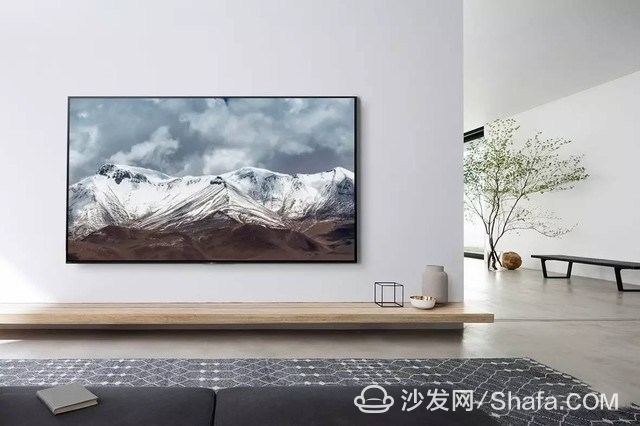
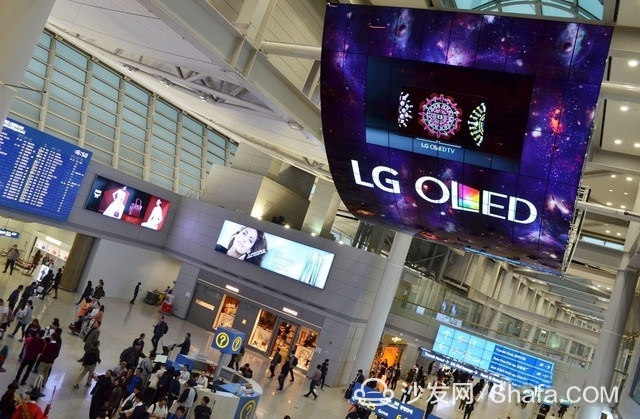

How is TV getting thinner?
After years of development, the reason why television can be made thinner and thinner is due to the continuous improvement of display technology. No matter what era we are in, we will stand in the existing scientific perspective to measure or guess what the future looks like, and so does the television industry. From the CRT TV all the way up to today’s most popular LCDs and OLEDs starting to occupy the high-end market, TVs are becoming thinner and thinner. Although ultra-thin TVs can make consumers more attractive, the fundamental reason for their appearance is due to Display technology changes.
·CRT TV
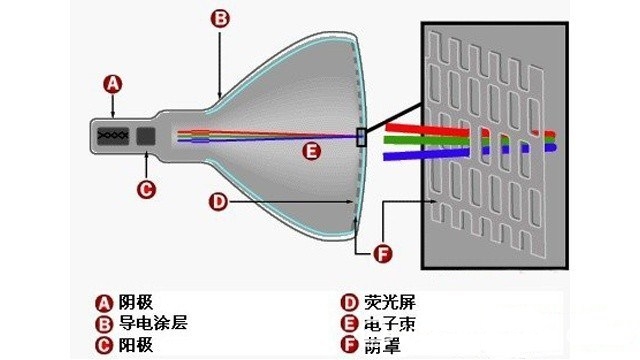
·Plasma TV
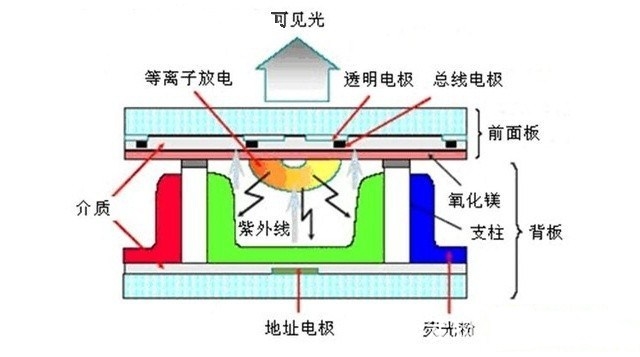
CCFL LCD TV
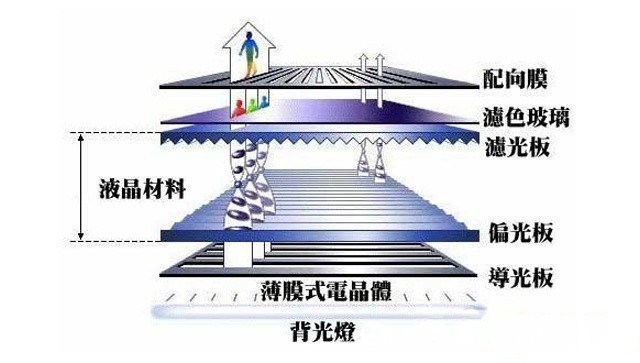
·LED LCD TV
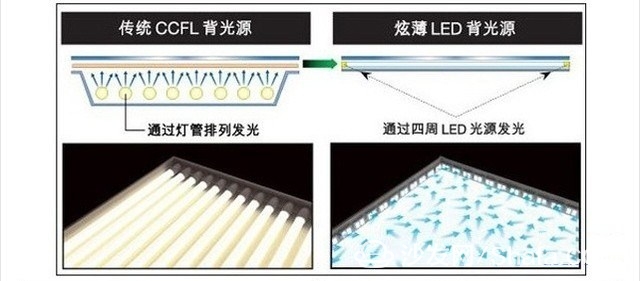
·OLED TV

What is the significance of ultra-thin TV? As we mentioned before, although the appearance of ultra-thin TV is due to technological trends, it is undeniable that ultra-thin TV can give people a concise and technological sense. Even if you don't turn on the TV, it is a very beautiful handicraft in the living room. At the same time, TV is used as the center of living room entertainment. The appearance of ultra-thin fashion can enhance the overall style of the living room to a certain extent. Some people in the family come to visit and they are sure to be surprised by the ultra-thin television.
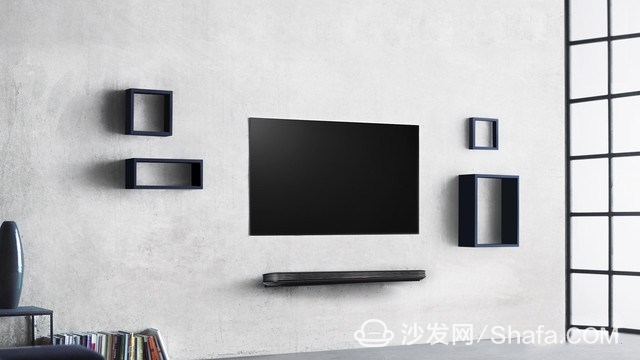
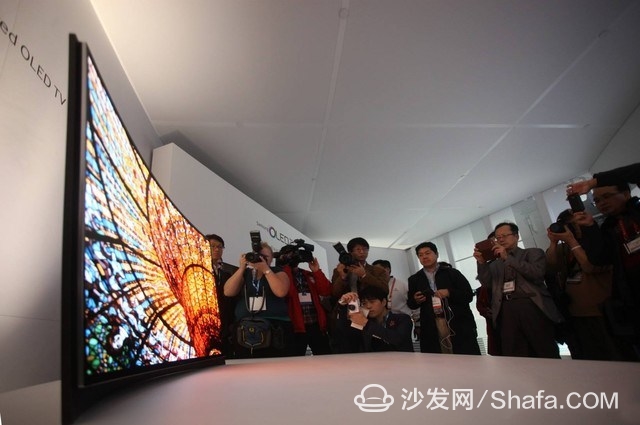
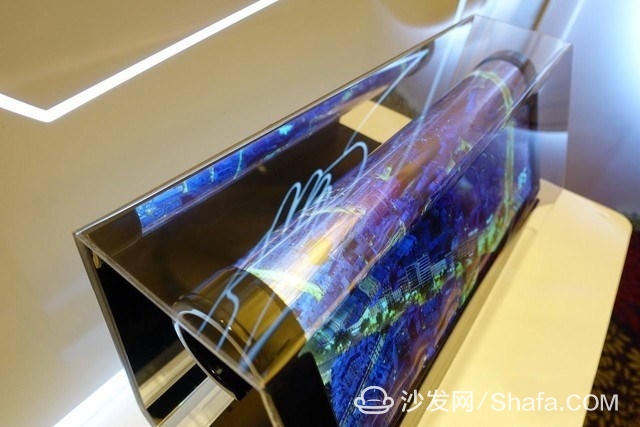
What is the difference between Micro Whale TV A Series 65 inches and LG Signature G6
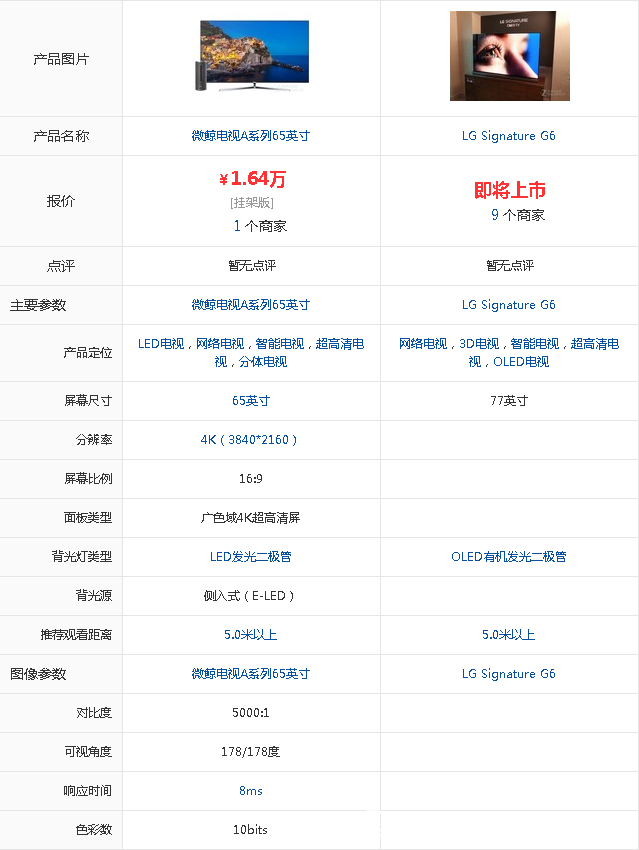
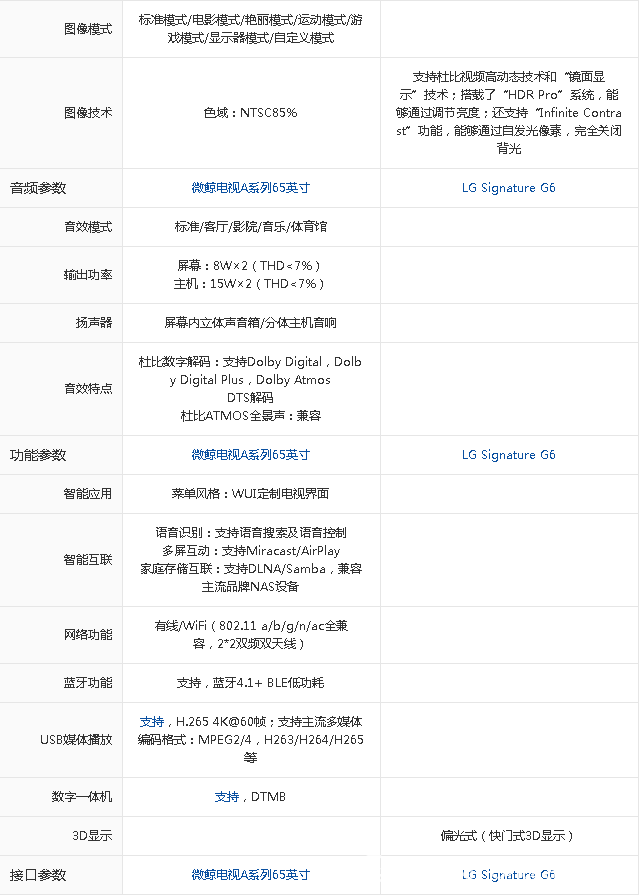
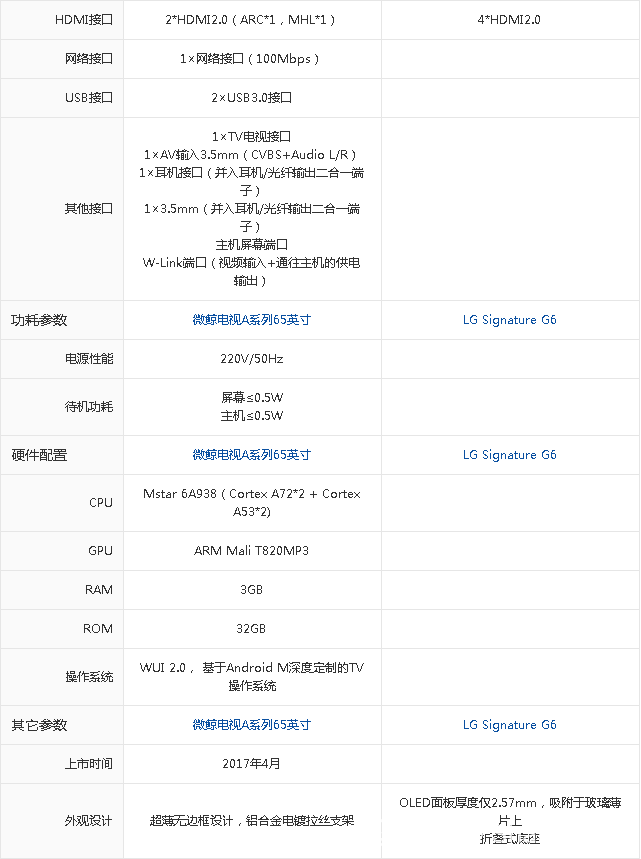
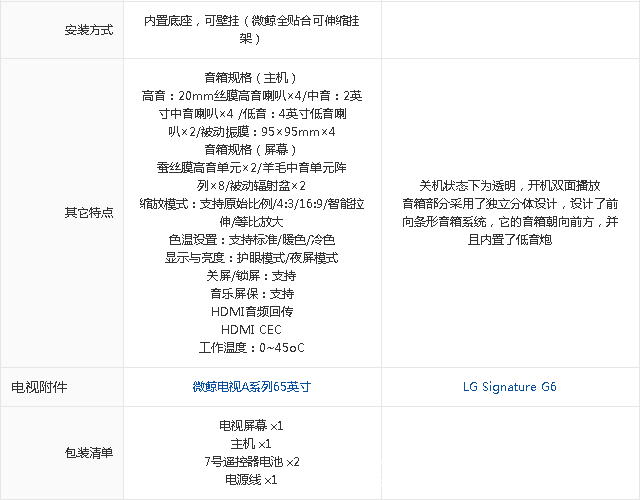
Smart TV/box information can focus on smart TV information network sofa butler (http://), China's influential TV box and smart TV website, providing information, communication, etc. on TV boxes, smart TVs, smart TV software, etc. Answering questions.

Where is the meaning of ultra-thin TV?
Now television can cut watermelon is undeniable, in recent years, television industry in addition to display technology efforts, the TV's form is also the focus of major companies dazzling, of which the highest heat competition is undoubtedly ultra-thin body. Whether in the new television conference, or the official website or e-commerce promotion page, it will leave a separate position for the body thickness. In order to make the screen even thinner, some manufacturers even do not hesitate to use separate designs to integrate the core hardware and speaker parts of the TV onto a single host. 
OLED technology allows us to have a new understanding of television form
Judging from the new release of TV this year, the ultra-thin television products dominate the majority, and it does not seem to say that your screen thickness is embarrassed. Millet TV 4 has launched a new product release on May 18 this year. Zhongguancun Online has also conducted the nation’s first test of “Thinning 4.9mm+ Dolby Vision Millet TV 4 exclusive first testâ€. This new product is on the screen. The thickness reached a new height (4.9mm) and is also the slimmest in the Xiaomi brand. 
Video screenshot from smart union
Interestingly, a technology media even uses Xiaomi TV 4 to cut fruit. Yes, you read it wrong! The author holds a reservation on the starting point of the smart union, but this video is indeed enough to attract the eye, and it also reflects the ultra-thin TV is no doubt a hot spot nowadays. The issue we are discussing in this article is where the meaning of ultra-thin TV is. But before that, we should also spread knowledge to everybody. That is how TV has become thinner step by step. How is TV getting thinner?
After years of development, the reason why television can be made thinner and thinner is due to the continuous improvement of display technology. No matter what era we are in, we will stand in the existing scientific perspective to measure or guess what the future looks like, and so does the television industry. From the CRT TV all the way up to today’s most popular LCDs and OLEDs starting to occupy the high-end market, TVs are becoming thinner and thinner. Although ultra-thin TVs can make consumers more attractive, the fundamental reason for their appearance is due to Display technology changes.
·CRT TV

CRT television imaging principle
First of all, let's talk about early CRT TVs. The biggest impression CRT TVs have left on us is "heavy weight." In the figure above, the C structure of the CRT TV is a vacuum tube with one or more electrons. The electron beam emits an electron beam. When the electron beam hits the inner surface of the front surface of the vacuum tube, the light-emitting paint inside the screen receives electrons. The technique of hitting a beam and emitting light to produce an image. And this kind of electronic gamma launch requires a certain distance from the screen, and its own parts are very heavy, which is why the CRT TV is so thick. ·Plasma TV

Principle of Plasma Television Imaging
Since Panasonic announced its abandonment of plasma technology in 2013, plasma TVs have begun to fade out of the mainstream market. Until the last plasma TV manufacturer Changhong gave up the technology in 2014, plasma TVs disappeared. Although plasma TVs have a short life, they have made major breakthroughs compared to CRT TVs. Plasma TV works by injecting a mixture of gases between two ultra-thin glass plates and applying a voltage to the device using fluorescent phosphor imaging. And has the characteristics of ultra-thin, rich colors, high brightness, high contrast, large viewing angle and so on. CCFL LCD TV

CCFL LCD TV imaging principle
Many people mistakenly believe that LCDs have only one kind of backlight, but they do not know that there is also a CCFL CCFL CCFL backlighted LCD TV, that is, CCFL LCD TV. In fact, LCD TVs are collectively known as LCD TVs, including CCFL backlighting and LED backlighting. The CCFL LCD TV is mainly composed of two parts: a liquid crystal panel and a backlight. The back light provides the light for the display of the picture, and the thin liquid crystal panel can control the passage of light after being energized to show different colors, thereby presenting an image. However, LCD TVs have circuit boards such as image processing chips and power control panels, which will occupy a certain amount of space. ·LED LCD TV

LCD TV is divided into two kinds of light sources
Currently occupying the mainstream of the market is undoubtedly LED backlight LCD TVs, LED backlight TVs in principle is still LCD TVs, but the backlight is replaced by LED lights. The vast majority of the thickness of LCD TVs comes from the light-emitting device of the backlight. Since the LED backlight has the characteristics of energy saving, small heat generation, and small size, the thickness of the LCD TV can be further reduced. ·OLED TV

OLED TVs have physical advantages that LCDs cannot match
As a promising competitor of future display technologies, OLED (Organic Light-Emitting Diode) organic light-emitting diodes, this revolutionary display technology has been recognized as the ideal choice to replace liquid crystal technology. Because of its self-luminous nature, the structure is very simple, and it possesses the physical advantages unmatched by LCD technology. The ultimate ultra-thin, flexible display, infinite contrast, zero delay, etc., these are beyond the reach of LCD. The thinnest OLED TV panel is currently developed by LG Display and has a thickness of only 2.57mm. What is the significance of ultra-thin TV? As we mentioned before, although the appearance of ultra-thin TV is due to technological trends, it is undeniable that ultra-thin TV can give people a concise and technological sense. Even if you don't turn on the TV, it is a very beautiful handicraft in the living room. At the same time, TV is used as the center of living room entertainment. The appearance of ultra-thin fashion can enhance the overall style of the living room to a certain extent. Some people in the family come to visit and they are sure to be surprised by the ultra-thin television.

Ultra-thin TV can undoubtedly improve the overall style of the living room
At the same time most families will choose to wall-mount their TVs. Why? Save space and integrate into your home environment. But if you choose to wall, you have to consider the thickness of the TV. If a 15cm thick TV is wall-mounted in the living room, it will definitely be out of place. We must realize that television is not a product that exists independently. Almost all product designers are considering how to integrate it perfectly into modern households. Ultra-thin is the most important element in the wave of modern product aesthetics. 
Ultra-thin is an important element in the wave of modern product aesthetics
Ultra-thin is undoubtedly conforming to the trend of history. In the future, with the further breakthrough of display technology, there may even be millimeter-level TV products. The printing displays studied by many panel makers can achieve this goal. At present, almost all consumer electronics products are moving in this direction. From the very beginning, mobile phones, computers, etc. are all giants. However, today's highly integrated circuit boards and smaller process transistors are all aiming for a more lightweight direction. 
Print display technology
At present, many television products are pursuing the ultimate in ultra-thin, in addition to being beautiful in design, they also have very high requirements for the structural design of televisions. Some ultra-thin TVs are achieved by reducing or replacing certain modules. The replacement of these structures has brought great challenges to the durability of the TV itself. It requires the use of better materials and a more rational structure. To achieve a truly scientific ultra-thin. However, with the further popularization of OLED technology, scientific ultra-thin is no longer a problem, and there will be many exciting TV forms in the future. What is the difference between Micro Whale TV A Series 65 inches and LG Signature G6




Smart TV/box information can focus on smart TV information network sofa butler (http://), China's influential TV box and smart TV website, providing information, communication, etc. on TV boxes, smart TVs, smart TV software, etc. Answering questions.
110KV-220kv Oil Immersed Transformer
110Kv-220Kv Oil Immersed Transformer,Anti - Interference 110Kv Transformer,Low Loss 110Kv Oil-Immersed Transformer,High Load Capacity 110Kv Oil-Immersed Transformer
Tianhong Electric Power Technology Co., Ltd , https://www.tianhongtransformer.com